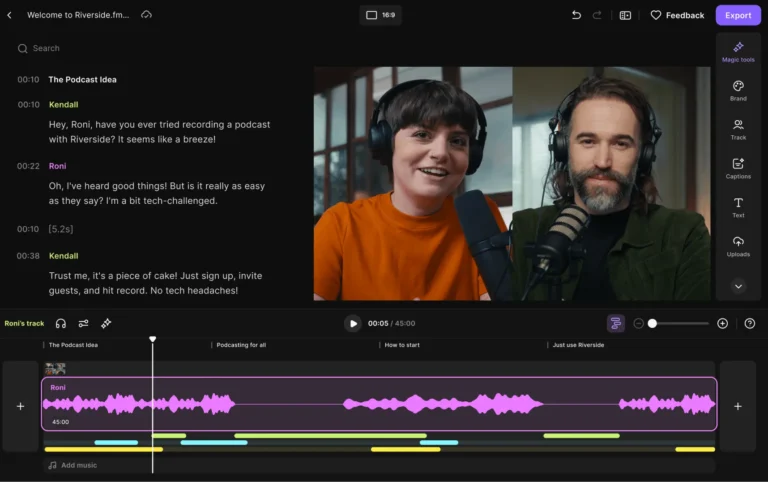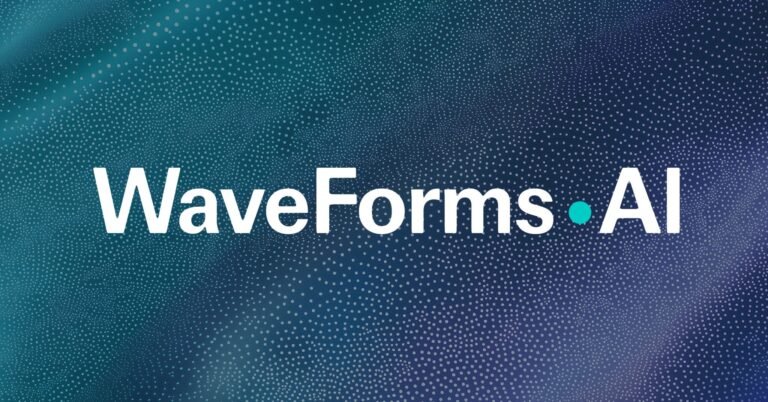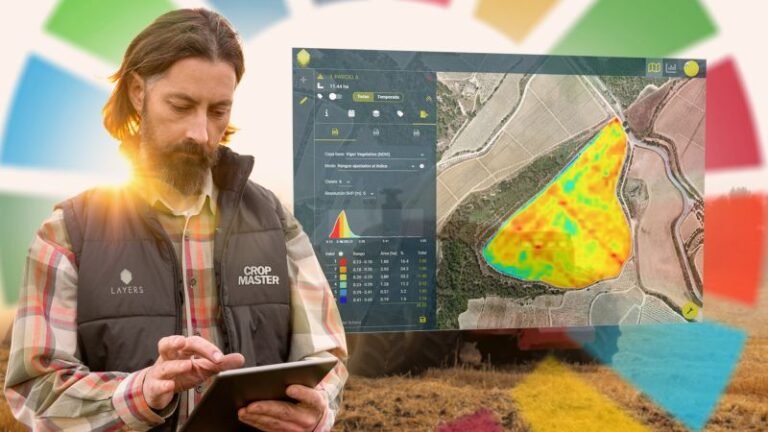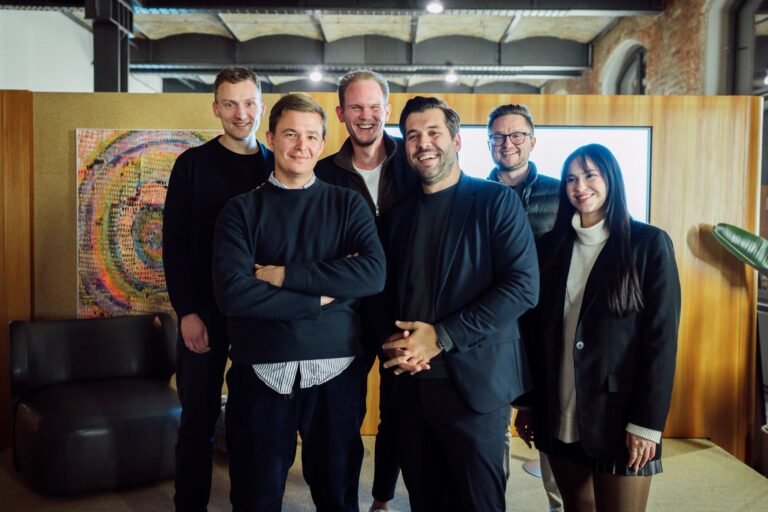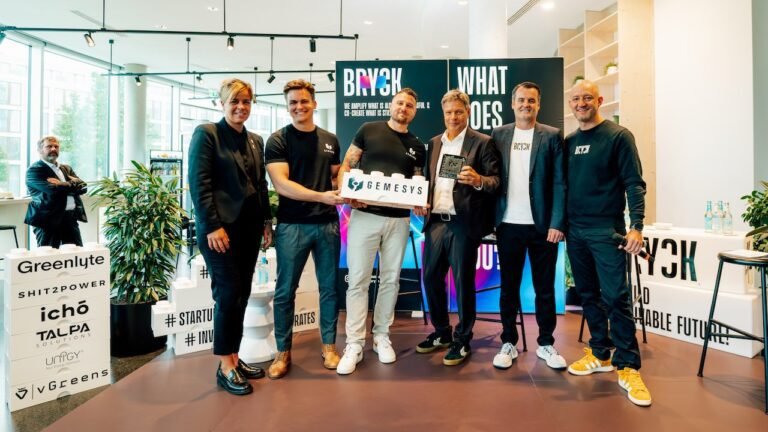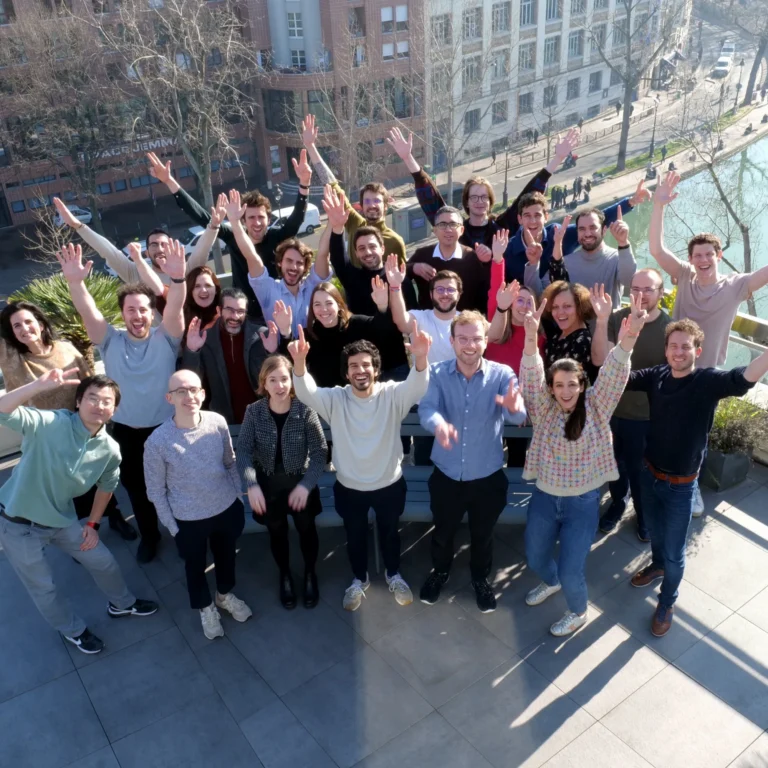Trending post
Tessl, an ambitious startup that seeks to change the whole game in which developers design and build software, is said to have bagged $125 million in funding for its AI-powered platform. Founded by Guy Podjarny, the firm looks to disrupt the coding landscape in a way that actual coding will be made redundant, since developers would have to go as far as writing down software specifications in natural language only, while the rest like coding, debugging, and maintenance is all up to the AI.
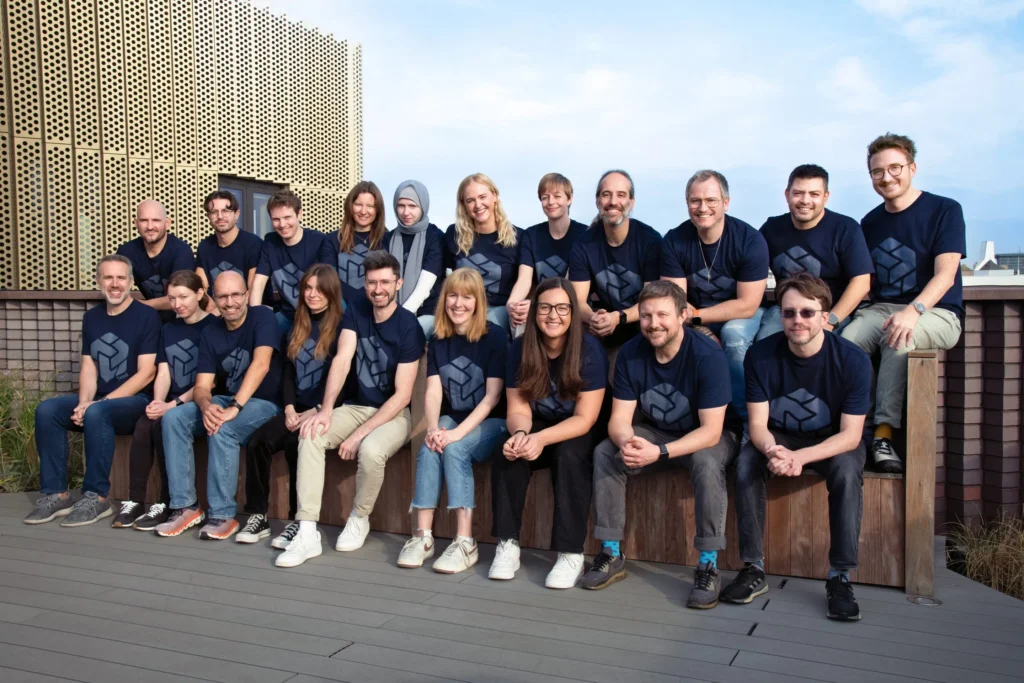
Funding and Valuation Insights
The investment round includes a $25 million seed round raised in April by GV and formerly known as Google Ventures, alongside boldstart. Series A funding, which amounts to $100 million, is led by Index Ventures. Some of the other prominent investors that joined Series A funding by Tessl are Accel Partners and GV, alongside boldstart. This funding leads to the valuation of $750 million for Tessl, meaning that the venture capitalists have great confidence in the company’s potential to transform the industry in software development.
Podjarny, who founded successful startups such as Akamai and Snyk, is positioning Tessl as a disruptor in the emerging space of AI-powered coding tools. Where now the primary goal would be to collaborate with users on improving the direct workflows of developers using tools such as GitHub Copilot, Tessl is trying to approach this much more fundamentally and redefine the role of the developer by helping move away from the burden of code and towards high-level design and functionality.
A New Approach for Software Development
Tessl’s approach is “spec-centric”, wherein developers can specify the requirements of the software in natural languages, “what do I want my application to do,” instead of “how should my application be coded.” Developers can, therefore, concentrate on the architecture and design of the application while allowing the low-level details to be taken care of by the AI. Podjarny talks about an era where developers might start to act more like systems architects, using clear, plain language to describe exactly what an application should do and letting the AI handle the actual transformation of those instructions into executable code.
The Tessl platform further uses high-level specifications to define critical parameters such as performance and cost efficiency. Then, Tessl’s AI then optimizes the code based on the specified parameters and addresses the technical challenge of real-time switching between coding languages and architectures given the demands of traffic. For example, an application can change its dynamic structure through the day according to usage patterns; it increases both its performance and efficiency correspondingly.
Currently, Tessl works with 21 employees and conducts pilot testing phases with beta versions of its platform in the presence of the chosen internal and external users. Nevertheless, the platform would not open up for general use; a full rollout is expected in 2025. To build anticipation, Tessl has opened a waitlist for developers who will gain early access to the platform.
It aims to not only provide an AI cutting-edge tool but also to create a whole new community of “AI-native” developers that embrace this next-generation way of software design. Given how prevalent AI-generated code is becoming, this puts the efforts of maintaining and securing that code at increased risk, and Tessl wants to solve those problems so that the code is not only functional in the short term but also sustainable in the long term.
The name “Tessl” is a play on “tessellation,” which means that parts fit together without gaps to create a cohesive whole. This theme reflects Tessl as a commitment to producing software that fits together correctly, free from chaos created by poorly aligned code.
Collaboration Over Competition
Podjarny writes that the whole point of Tessl is not to compete in a head-to-head manner with existing AI coding platforms but rather complement the ones already there. Therefore, Tessl should be compatible with existing AI development environments in which it can be used to augment and improve code generated by other platforms. It is this fact that makes Tessl ready to be used with AI-driven coding assistants such as Cognition’s Devin and Codeium to create a more seamless, less confrontational working experience for developers.
Major programming languages from its commencement would include Java, JavaScript, and Python. As Tessl grows, so would the language support, and the platform would get richer. Such an approach by the company to now focus on long-term code maintenance, security, and efficiency outlines the growing importance of tools for AI that don’t simply generate code but rather function long-term in terms of working and secure code being produced.
Investor confidence and the way ahead was very positive through Carlos Gonzalez-Cadenas, partner at Index Ventures, regarding the potential of Tessl. He said, “Podjarny knows the developer community inside out, and his vision on changing the way software is developed has excited a lot of people.” As he further added, Tessl is not something new; it’s rather a new movement with a broader implication of optimizing and redefining the way the software development process is designed and executed to achieve collaboration and efficiency.
Tessl vision signals that we are moving toward a future characterized by ease and safety in software development as well as integration. It is possible to handle coding tasks with AI and tools that let developers define software specifications through natural language. Tessl’s vision is changing the way developers work, letting them stick to high-level design while AI handles the technical intricacies.
As the company is gearing up to launch the 2025 platform, which garnered robust financial backing and investor support, the growing recognition of the need for tools that not only simplify software creation but also long-term maintenance and security underscores the strong backer support it received. The innovation by Tessl is probably going to usher in a new generation of application software design from which people will be using applications designed, built, and secured using AI with minimal developer intervention.
